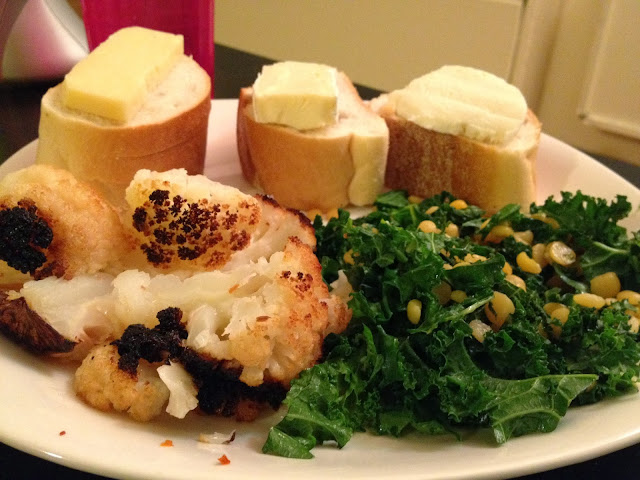So
here's the deal... I have not written since February. I hate quitting. It is
the sort of thing that makes me go "mrrhhmmggghhhh."
With
this being my only attempt at blogdom that has come even close to being
successful (thank you, friends, family, and readers in other countries that
leave nice messages!), I feel a little sad that my poor little site has sat
idle for months.
In
said months, many wonderful things have happened in my life. Moving to Inwood,
a neighborhood in NYC that I adore; a summer job that took most of my free time
but helped me extend my skills to a new setting; a trip to Panama; and most
excitingly, getting engaged! My cup runneth over, and I could not be happier!
It feels only natural to return to blogging, yet another part of life that
makes me happy!
I
have thought about it and developed a plan… my new take on becoming a Walking
Cookbook.
I
have never been a creative visionary when it comes to… well, anything! But
taking someone else’s idea and making it happen? Now THAT I can handle! Drawing
inspiration from the brilliant minds of the restaurant world, I will be turning
menu items from interesting restaurants into recipes for anyone to make at
home.
A
quick disclaimer: these are not copycat recipes… absolutely not. In fact, many
of these dishes will not be from restaurants I have ever tried (just dreamt
about while buying lottery tickets). However, if you want to elevate your
cooking to a new and interesting level, follow my lead! I will only know the
basic ingredients, do some research to help with core techniques (reducing
sauces, making a coulis), and figure out the rest on my own to share with you!
I
hope that you join me in my new cooking adventures… this week's inspiration will be coming from Pisticci, a lovely Italian restaurant off the beaten path in Morningside Heights, NYC. Check you inboxes or click on "Subscribe" (to the right) to receive alerts for all new posts!
I am taking comments on
menu items that look tempting, intimidating, mouth-watering, or intriguing to
try at home, so please fire away!















